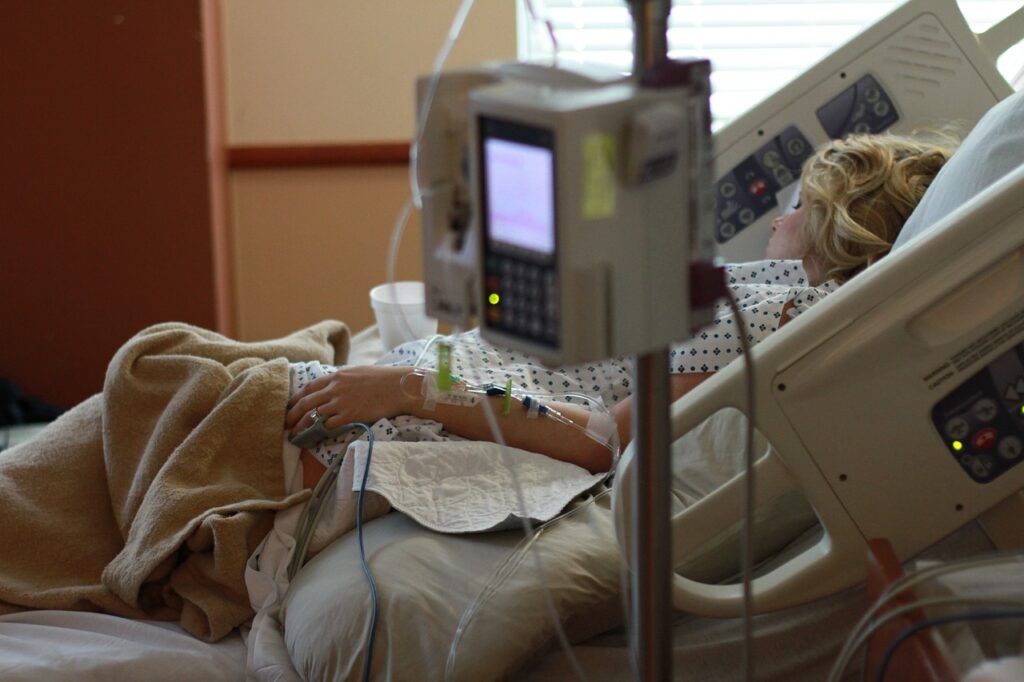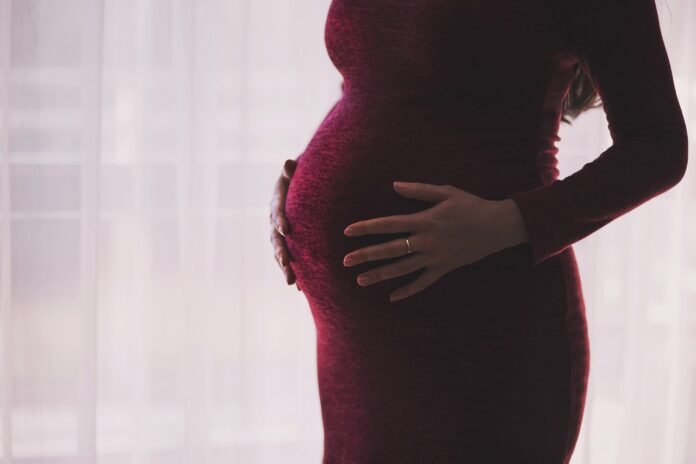Pregnancy-related deaths were a popular occurrence in times when we didn’t have access to updated medical technology. But in the past few years, maternal deaths have been on the rise. Find out what’s behind these horrifying statistics.
What Recent Studies are Showing
A 2023 study published in JAMA, the Journal of American Medical Association, shows that maternal deaths have more than doubled in the past 20 years. It reviewed data collected from across the United States from 2009-2019. Although mortality rates are “unacceptably high among all racial and ethnic groups across the U.S.”, black, native Americans, and Alaska Native people are showing the worst outcomes.
Study co-author Dr, Allison Bryant, an obstetrician, and senior medical director for health equity at Mass General Brigham in Boston notes that maternal death rates in America just keep getting worse. “And that is exacerbated in populations that have been historically underserved or for whom structural racism affects them greatly,” she said.
Maternal death rates have consistently been highest for black women and have doubled over the past twenty years. Death rates among Native American and Native Alaskan people have tripled.
Maternal Death Rates by State
Dr. Gregory Roth at the University of Washington is another study co-author. He notes that efforts to prevent pregnancy-related deaths have stalled in southern states where rates have been among the highest. However, most states have been feeling the effects.
There has been an increase in deaths among black and Latina mothers in New York and New Jersey. Maternal deaths have risen among Asian mothers in Wyoming and Montana. While maternal death rates among white women are typically low, they have been increasing in some parts of the country as well.
“We see that for white women, maternal mortality is also increasing throughout the South, in parts of New England and throughout parts of the Midwest and Northern Mountain states,” he said.
“We’re showing that they are worsening in places that are thought of as having better health,” he added.
Comparing America to Other Countries
America’s increasing maternal deaths are the opposite of what’s happening in other high-income countries that have low death rates that continue to decline. These countries include Austria, Japan, and the Netherlands.
“There’s this crystal-clear graph that’s been out there that’s very striking. And then there is the U.S. that is far above all of them and going in the opposite direction,” Bryan notes.
Dr. Elizabeth Cherot, chief medical and health officer at the maternal health nonprofit March of Dimes notes that other countries take an approach that prevents pregnancy-related deaths. “They wrap services around new mothers. They give them (support for) everything from mental health, cardiovascular, diabetic, and pelvic health. These things are just considered standard,” she said.
She added that these services are not universally offered to women in the United States.
What to Do to Prevent Maternal Mortality
Most maternal deaths are preventable by state review committees. These committees investigate and study proposed bills and implement state programs and agencies. They must consider creating programs that give mothers better access to healthcare.
Women must take care of their health. Most maternal deaths are caused by severe pre-eclampsia, maternal cardiac disease, and hemorrhage. Heart problems and mental health conditions also contribute to pregnancy-related mortality.
FAQs
What is Maternal Mortality?
Maternal mortality is a term used to describe when a mother dies of a pregnancy-related condition while pregnant, while giving birth, or within the first 42 days after giving birth.
Why are Maternal Deaths Particularly High in Black Women?
One reason black women have higher maternal mortality rates is because they deal with chronic stress. It is believed that a black women’s biological age is 10 years older than their white counterparts due to stress. Stress can be due to racism, economic problems, violence in their communities, and more.
Maternal mortality is also caused by bias from healthcare providers. Black women report that their doctors often ignore their symptoms and requests for help. They believe that their race may affect the quality of care the doctor delivers.
How Does Age Contribute to Maternal Mortality?
Maternal mortality could, in part, be due to women having babies at a later age which has been a trend in recent times. While many women over 35 have healthy pregnancies, there is an increased risk of gestational diabetes, preeclampsia, postpartum bleeding, and other health issues that can contribute to pregnancy-related deaths.

How Has COVID-19 Contributed to Maternal Deaths?
COVID-19 is partially responsible for maternal deaths in 2020 and 2021. A quarter of maternal deaths that occurred in those years were related to the virus. It has been found to have a stronger effect on pregnant women who may be dealing with decreased lung capacity and weakened immunity due to the changes happening in their bodies.


